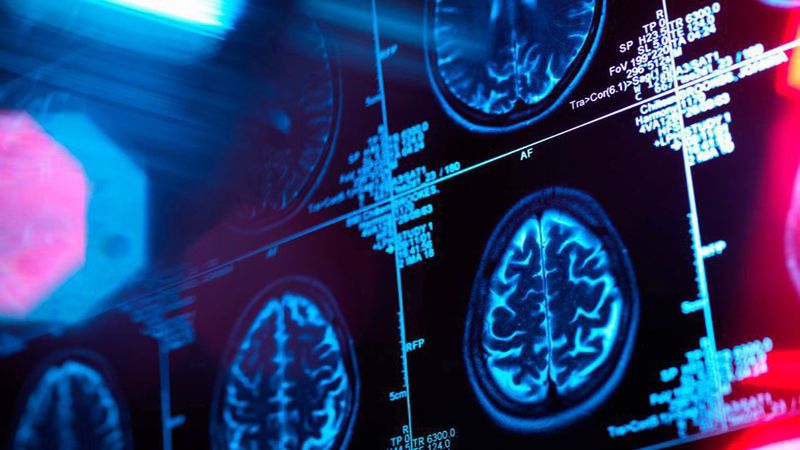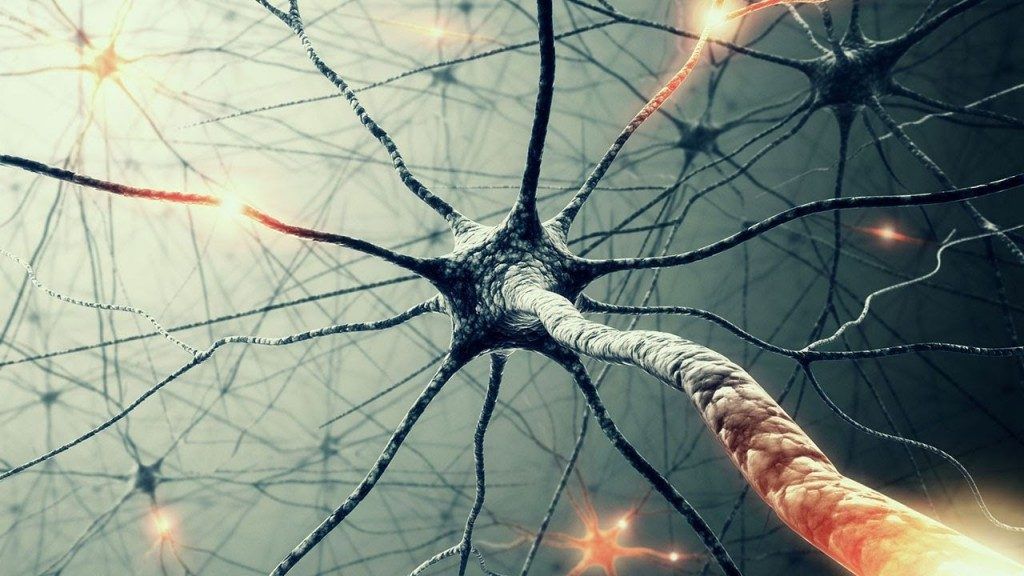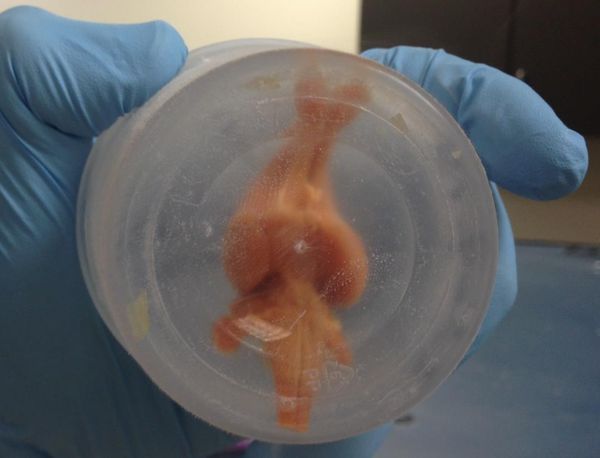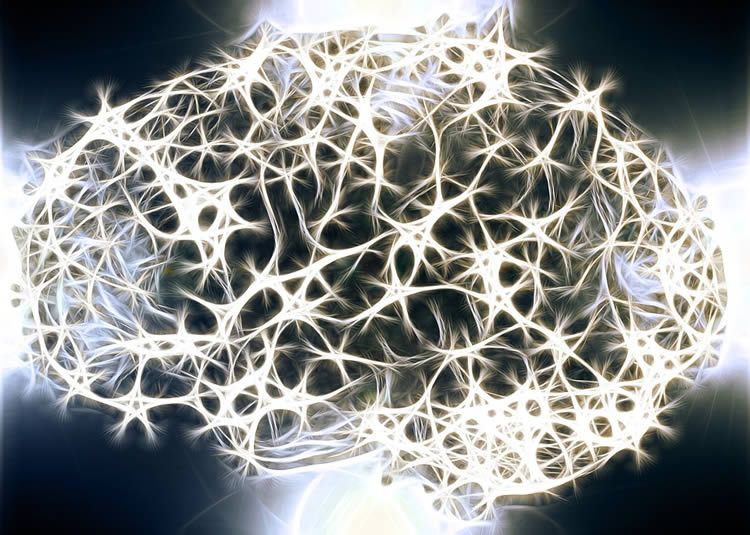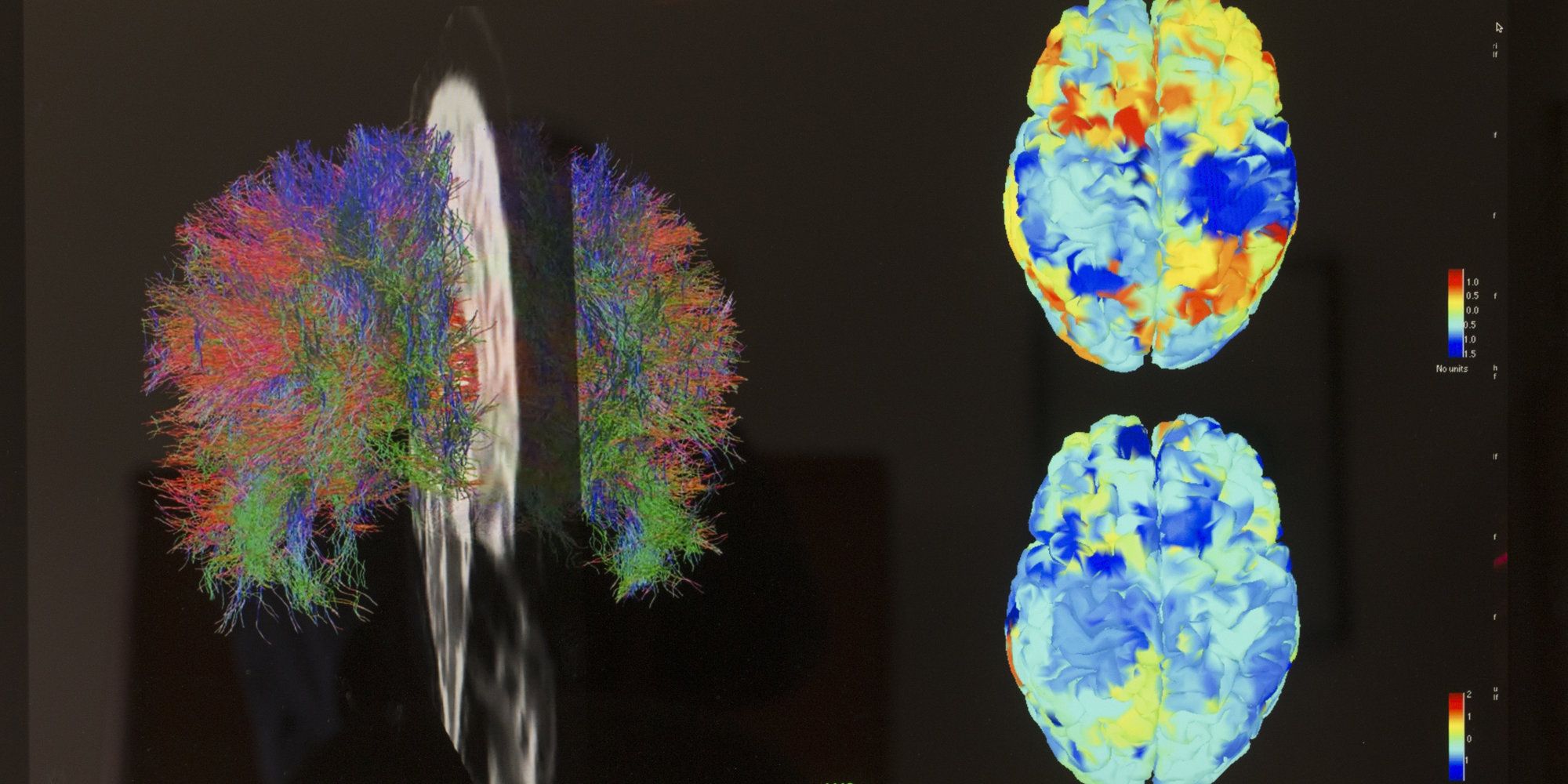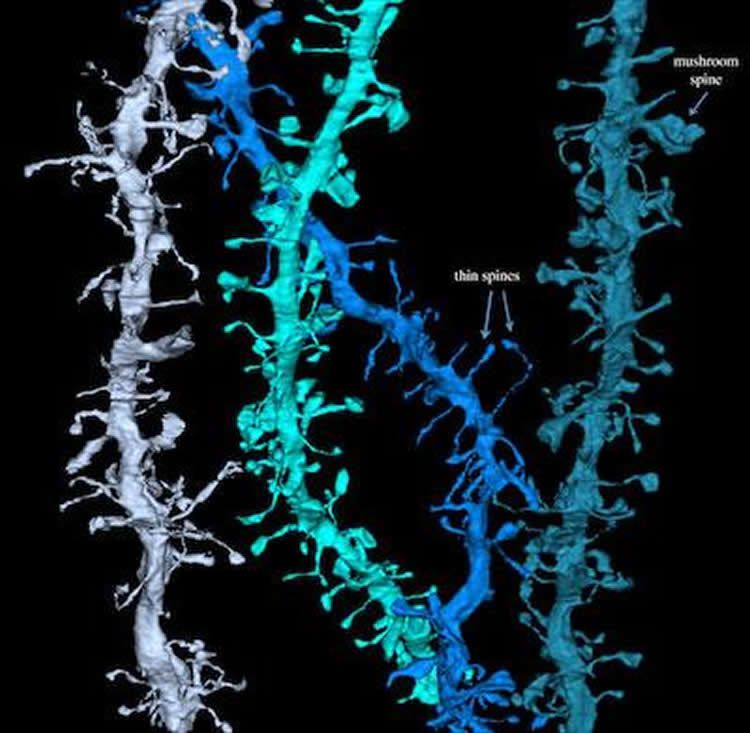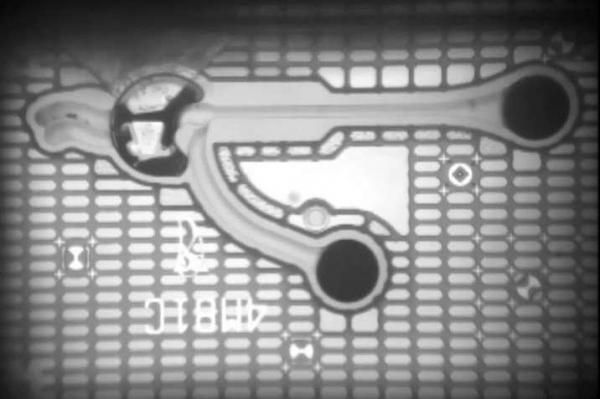The bottom-line why folks are investing so much in QC is frankly because it means you will be behind everyone else who has adopted a superior infrastructure. As a consumer, if I can use my private information to secure a loan or access my medical information without fear of exposure of my information as well as performance of my online media and other online services are 100 times faster than any known network service to date; it doesn’t take a brain surgeon to know what I will do,
And, banks, trading houses, etc. know this.
Thanks to the collaborative effort of an international team of scientists led by Professor Winfried Hensinger of the University of Sussex in UK, the world may have gotten one step closer to building the most powerful computer ever — a large-scale quantum computer capable of solving ultra-complex problems that will take a regular computer billions of years to solve.
Quantum computers work quite differently from conventional computers. Instead of typical computer ‘bits’ that can represent either the value ‘0’ or ‘1’, quantum computers use ‘qubits’ (short for quantum bits) that are capable of representing either ‘1’ or ‘0’, or both at the same time. This is made possible by the extraordinary property of qubits known as ‘superpositioning’ — the ability to exist as two different states at the same time.
Superpositioning is what allows quantum computers to effectively handle complex calculations simultaneously. But it is also this particular state that makes quantum computers difficult to build. That’s because an ion in superposition cannot be allowed to come into contact with anything from the outside given the fact that as soon as it does it loses its superposition state, reverting into just one state and consequently removing its ‘quantumness’ and its ability for super-computing.

